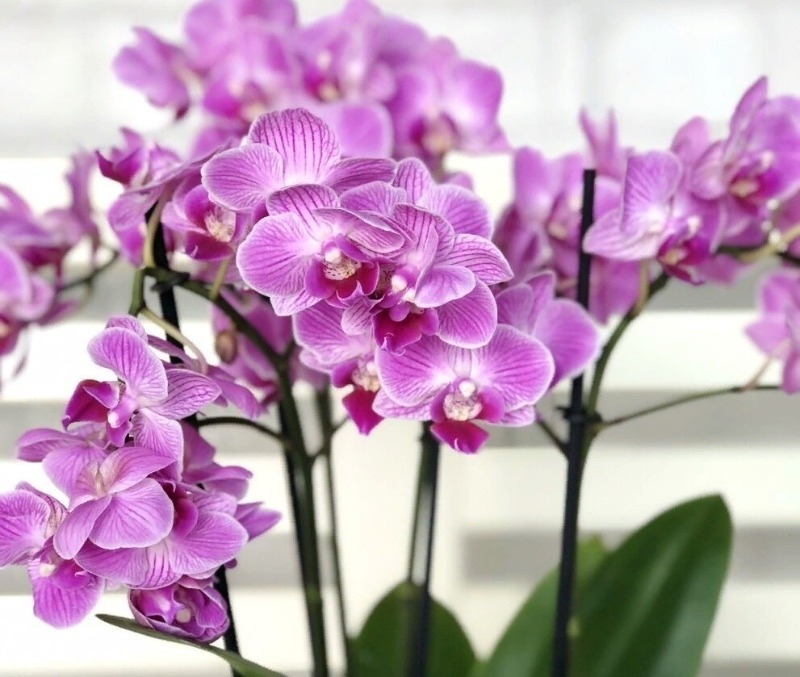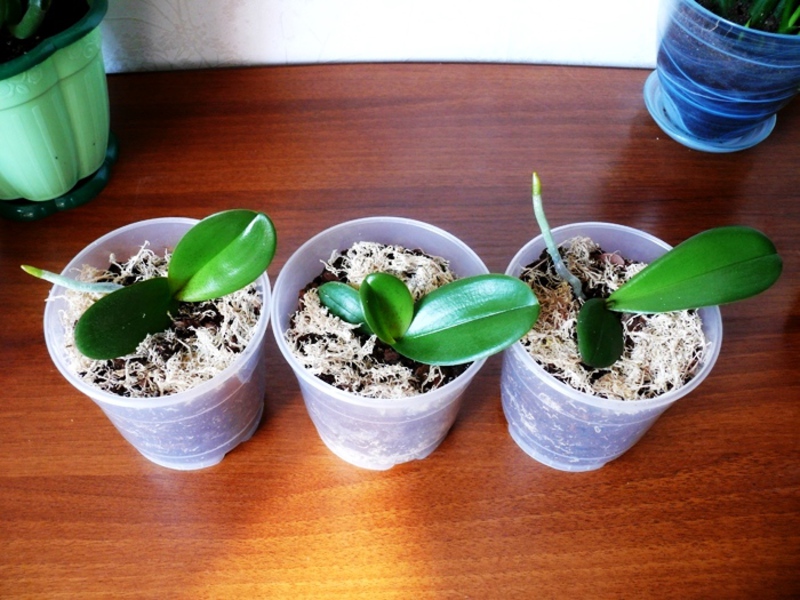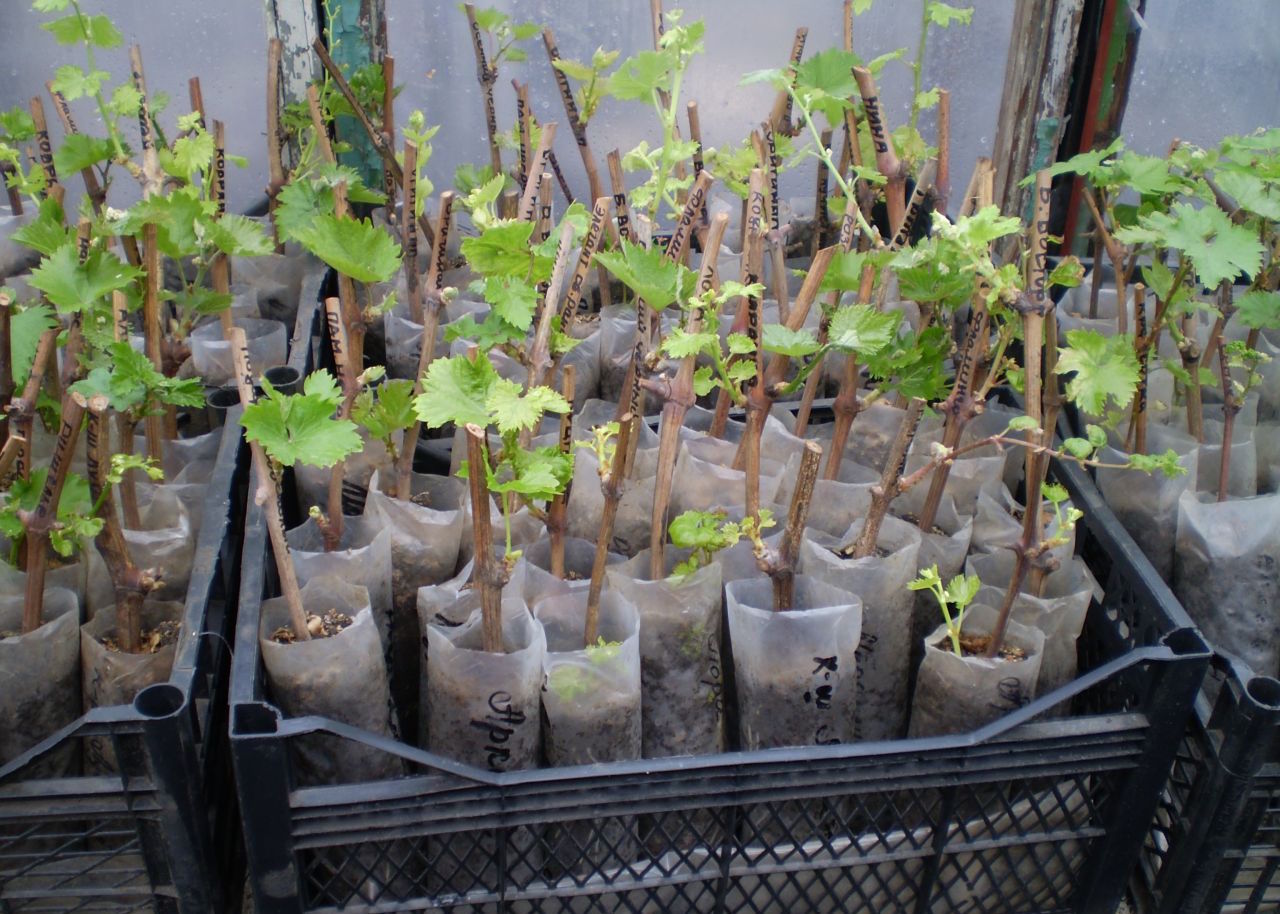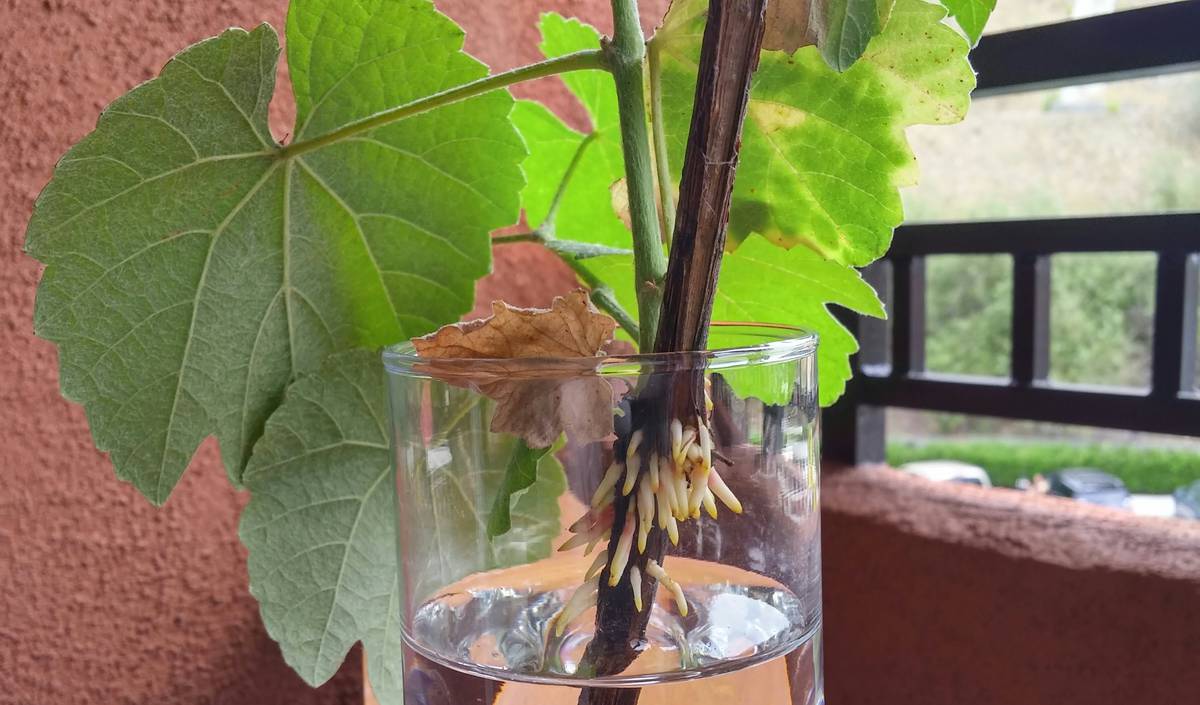Not every orchid lover dares to propagate an exotic plant on his own at home. In fact, with some effort and following the recommendations of flower growers, you can grow a dozen copies of your favorite variety from one flower.

Use of sphagnum
This method is effective during the growing season when the orchid is actively developing and releasing young shoots. For the education of "children" special conditions are needed:
- an adult plant that is more than 3 years old;
- treatment with fertilizers with a high nitrogen content;
- high positive temperature in the room - 30-32 ° С;
- air humidity not less than 40%, ideally 70%.
Babies can form in the axils of the leaves; these basal shoots are the most difficult to separate. On the peduncle, new formations appear from dormant buds. In phalaenopsis, babies can grow from a growth point that was previously damaged.
You can get a young plant from a baby that is capable of further independent growth with the help of sphagnum moss. The formation of children in the right place is often stimulated by applying cytokinin paste to the sleeping kidney.
Recommendations for raising children:
- the formed children are sprayed once a week with nitrogen fertilizer on the sheet;
- grown children are wrapped in moss at the base, attaching sphagnum using loose threading;
- moss moss in advance by soaking in water;
- so that the sphagnum does not dry out, it is wrapped with a piece of cling film;
- periodically moisten the moss by spraying, removing the film.
Only those children in which the roots have reached a length of 4-5 cm are separated from the mother plant. Shorter roots complicate the adaptation of a young orchid, and longer ones can break during transplantation.
Cuttings
After the end of flowering, do not rush to remove the orchid peduncle, it can be used for reproduction. Long side shoots are also suitable for this. This method will work if the plant is already mature and healthy, and there are dormant buds on the peduncles and stems.
How to make cuttings:
- prepare tools for cutting and disinfect them;
- cut off the peduncle, leaving a stump 1.5 cm high;
- cut the cuttings, leaving 1-2 dormant buds on each;
- process the cuts with crushed charcoal, dry for a day.
To make babies appear, you can treat the kidneys with hormonal ointment, then the cuttings are placed in a special greenhouse, which can be done by covering the container with film or glass. Pieces of the stem are placed on a substrate of moist sphagnum, making sure that the buds are slightly submerged in the moss.
Under a layer of sphagnum, drainage is made of expanded clay, and the greenhouse is regularly ventilated to avoid the appearance of rot. Babies are formed within a month, provided that the correct regimen is maintained.
During this period, it is necessary to maintain high temperature and humidity. Cuttings should be illuminated by diffused rays of the sun for at least 12 hours a day. Children are seated in separate pots when their roots reach 4-5 cm in length.
Fertilization and watering
Young plants need special care so that a young orchid can easily adapt to a new place and begin to grow actively. It is not necessary to fertilize small seedlings after transplanting, for the first time they will have enough nutrients from the soil.Overfed orchids can begin to grow green mass and then it will be difficult for them to wait for the first flowering.
Watering young plants correctly plays a key role in maintenance. It is very important to maintain a balance, avoiding waterlogging or drying out of the soil. Irrigation recommendations:
- immediately after transplanting, the soil is moistened by the method of not too intensive spraying;
- the next watering is carried out when the soil has dried from above, and the pot has become light in weight;
- prepare a basin with warm water not higher than + 40 ° C, the pot must fit into it completely;
- place the pot in water;
- the water level should be below the growing point; moisture must not be allowed to enter the leaf axils;
- take out the pot after 10-15 minutes;
- allow excess water to drain completely.
Small seedlings reach flowering age in 1.5-3 years. In this case, it is important to observe a regime suitable for the intensive and correct development of the plant.
With a little time and effort, you can permanently give up buying new orchids. By following the recommendations received, you can not only get dozens of young specimens, but also extend the life of a dying plant in a new sprout.


